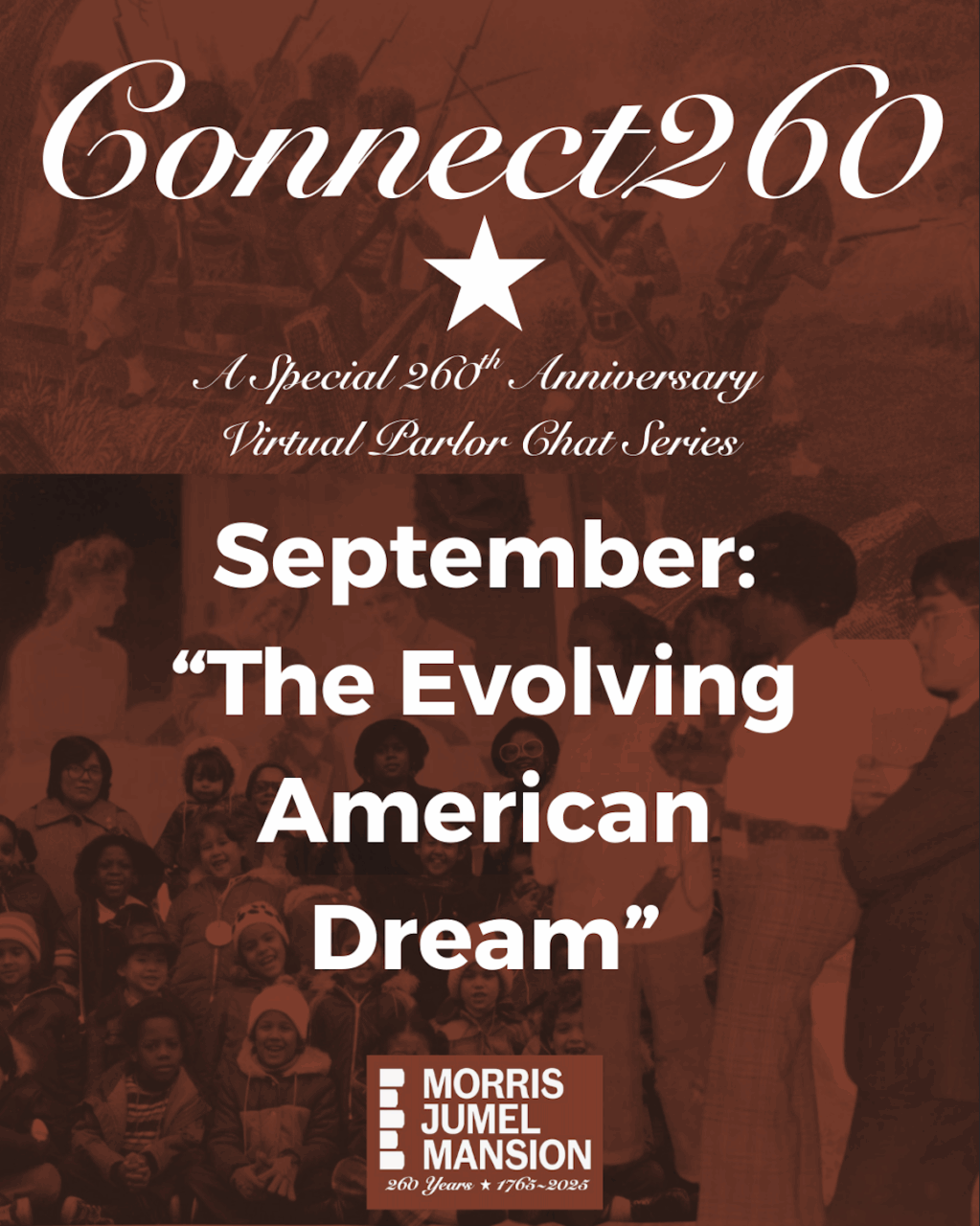The Harlem Renaissance was a nationwide movement that began in the heart of the neighborhood surrounding the Mansion. It grew to be an era of momentous change for African Americans throughout the country. During this time, the Mansion witnessed great feats in history, brought on by the luminaries who were leading the way. Join Mansion staff and Loren Schoenberg, Senior Scholar at the National Jazz Museum in Harlem, for a discussion of the multifaceted social, philosophical, economic, and artistic drivers that created what we now know today to be one of the most influential periods in American History. Loren will also discuss the some of the Mansion’s most influential neighbors during this time period, including Paul Robeson, Langston Hughes, Thurgood Marshall, Zora Neale Hurston, and so many more, as well as what it might’ve been like to be a resident here during that time. This September session will be one that you don’t want to miss!
About Loren Schoenberg:
Loren Schoenberg, who’s the senior scholar of the National Jazz Museum in Harlem, is on the faculty at Juilliard and has also taught at Manhattan School of Music and the New School. Schoenberg has lectured at the Metropolitan Museum of Art, the White House, the New York Philharmonic, Stanford University, and the Aspen Institute. He has conducted the Jazz at Lincoln Center Orchestra as well as the Smithsonian Jazz Masterworks Orchestra, the American Jazz Orchestra, and the WDR Jazz Orchestra in Koln, Germany. Schoenberg, a tenor saxophonist/pianist, has played and recorded with Benny Carter, Benny Goodman, Jimmy Heath, Eddie Durham, Marian McPartland, Clark Terry, John Lewis, Christian McBride, and Buck Clayton, and he was musical director for Bobby Short from 1997 to 2005. He also received two Grammy awards for best album notes, in 1994 and 2004. From 1986 to 1995, he oversaw the Benny Goodman Archives at Yale University. He has taught for several Jazz at Lincoln Center education programs and served as a screening judge for its Essentially Ellington program for 20 years. Schoenberg has been published widely (including in the New York Times), and his book, The NPR Guide to Jazz, was released in 2003. He was hired in 2001 to lead the effort to establish the National Jazz Museum in Harlem and served for more than a decade as its executive director, creating many of its signal programs and enlisting Christian McBride, Jonathan Batiste, Ken Burns, and Wynton Marsalis to help further the museum’s mission.
